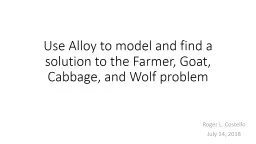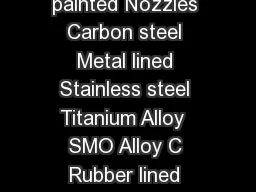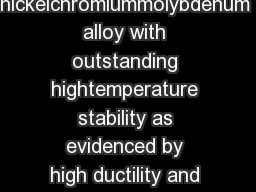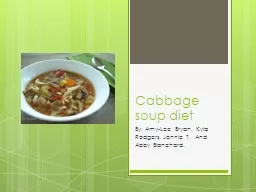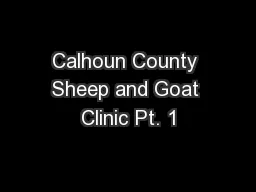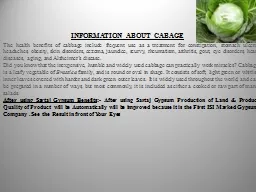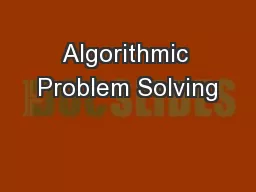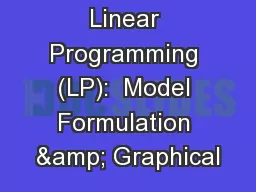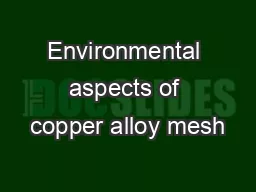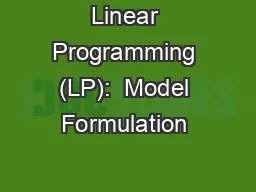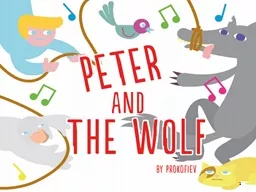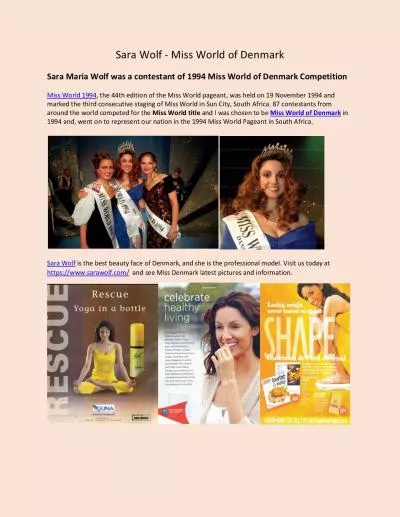PPT-Use Alloy to model and find a solution to the Farmer, Goat, Cabbage, and Wolf problem
Author : ellena-manuel | Published Date : 2019-12-03
Use Alloy to model and find a solution to the Farmer Goat Cabbage and Wolf problem Roger L Costello July 14 2018 Use Alloy to model a system These slides show an
Presentation Embed Code
Download Presentation
Download Presentation The PPT/PDF document "Use Alloy to model and find a solution t..." is the property of its rightful owner. Permission is granted to download and print the materials on this website for personal, non-commercial use only, and to display it on your personal computer provided you do not modify the materials and that you retain all copyright notices contained in the materials. By downloading content from our website, you accept the terms of this agreement.
Use Alloy to model and find a solution to the Farmer, Goat, Cabbage, and Wolf problem: Transcript
Download Rules Of Document
"Use Alloy to model and find a solution to the Farmer, Goat, Cabbage, and Wolf problem"The content belongs to its owner. You may download and print it for personal use, without modification, and keep all copyright notices. By downloading, you agree to these terms.
Related Documents

